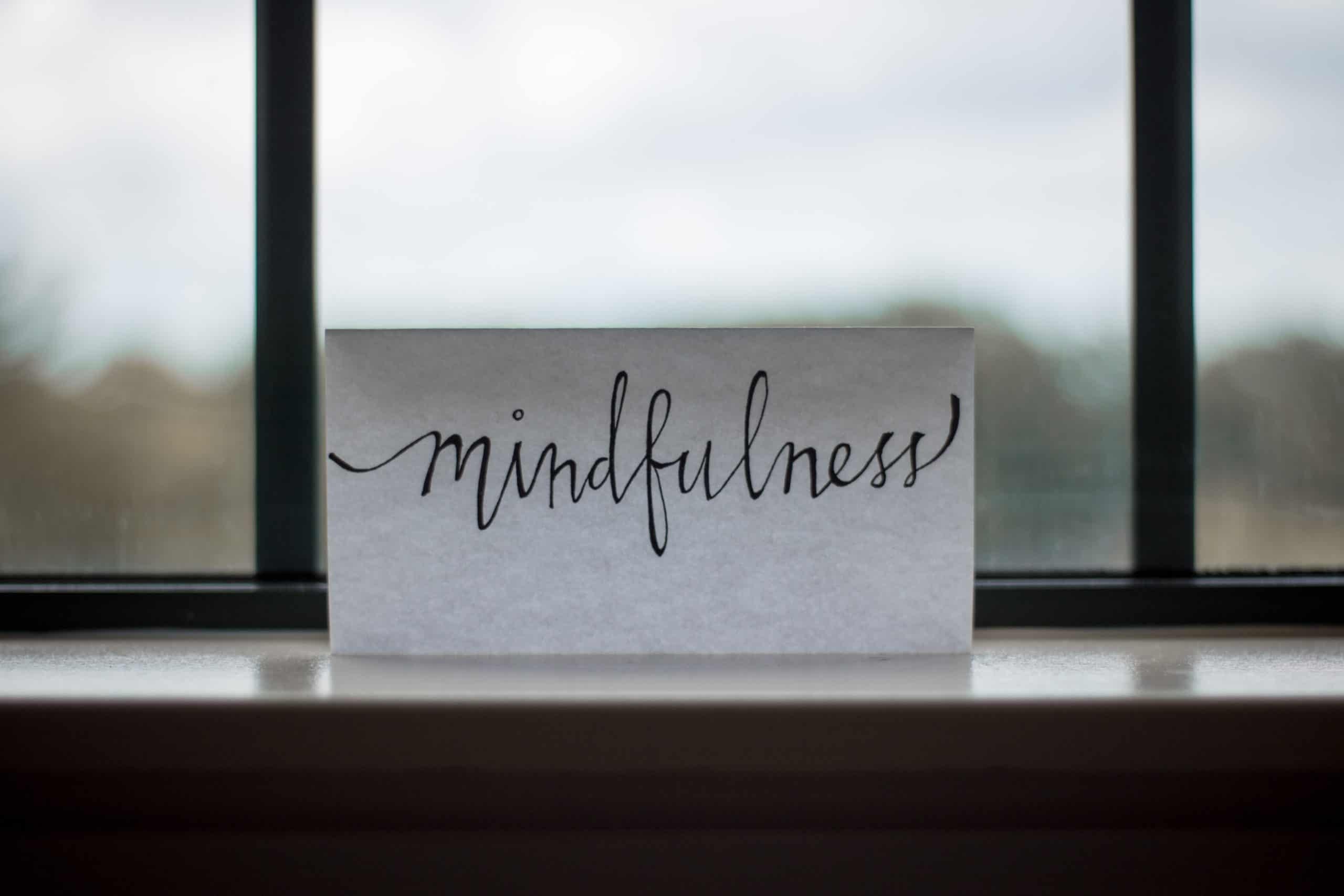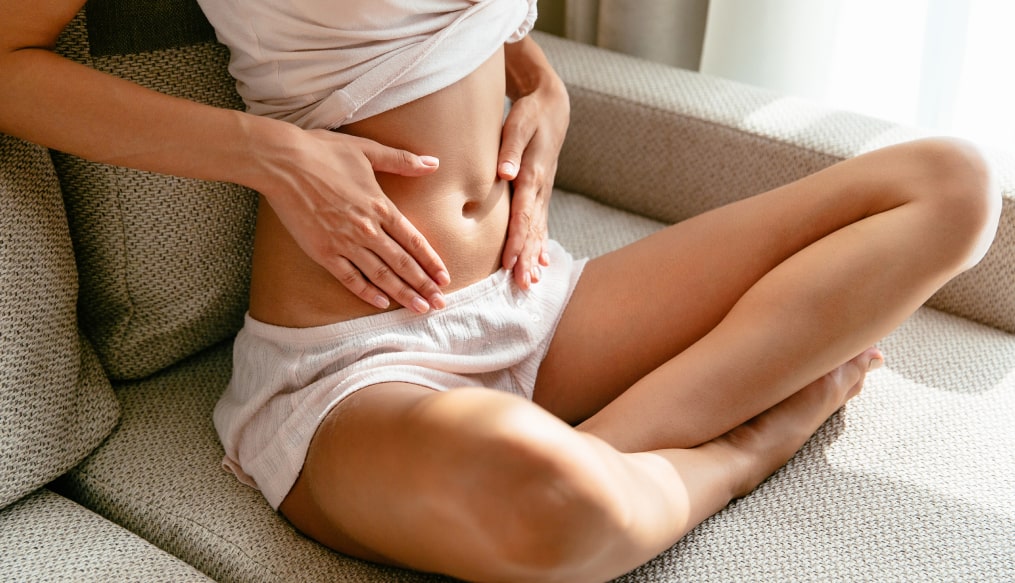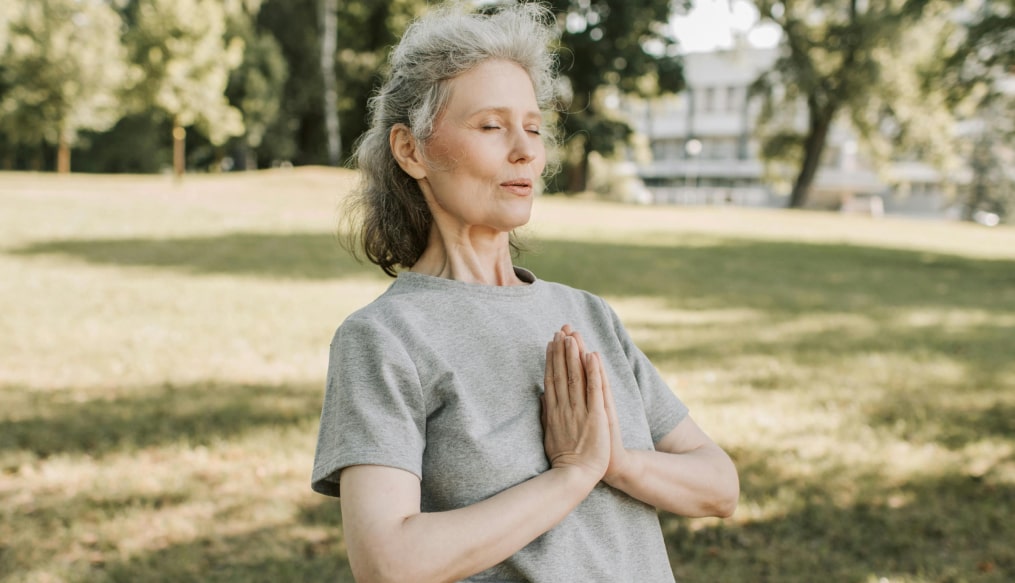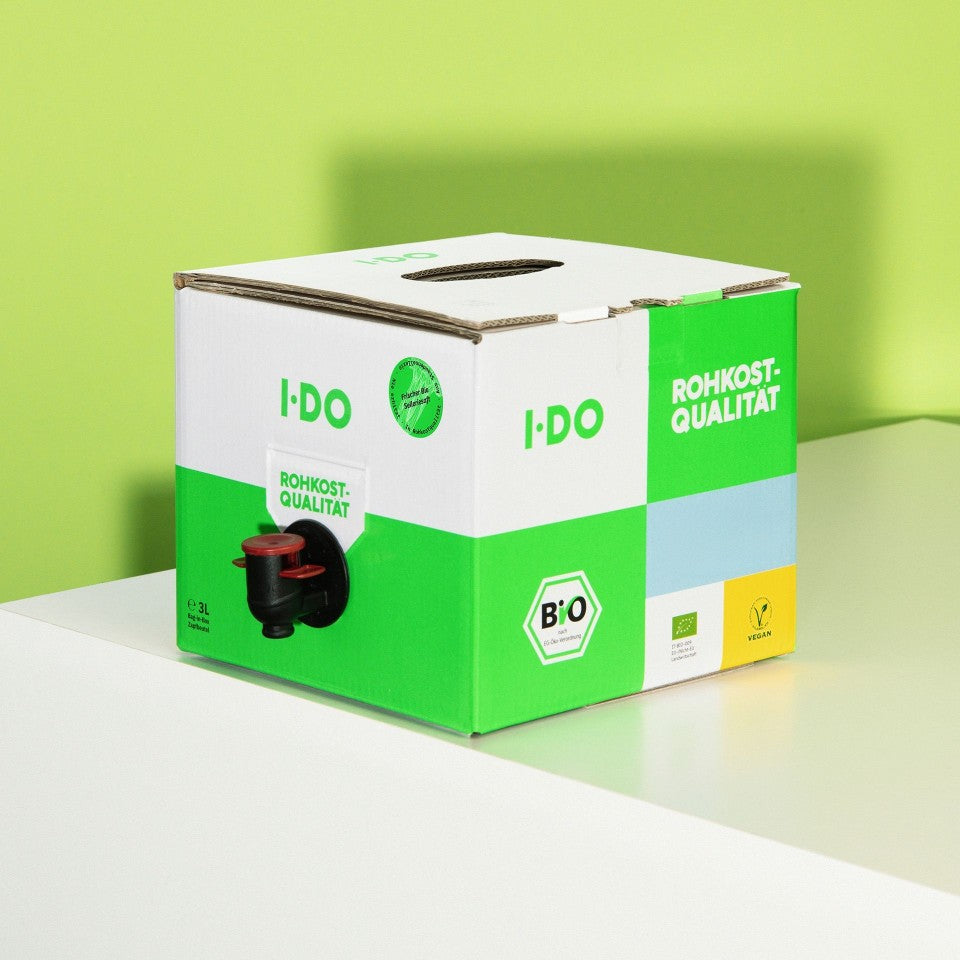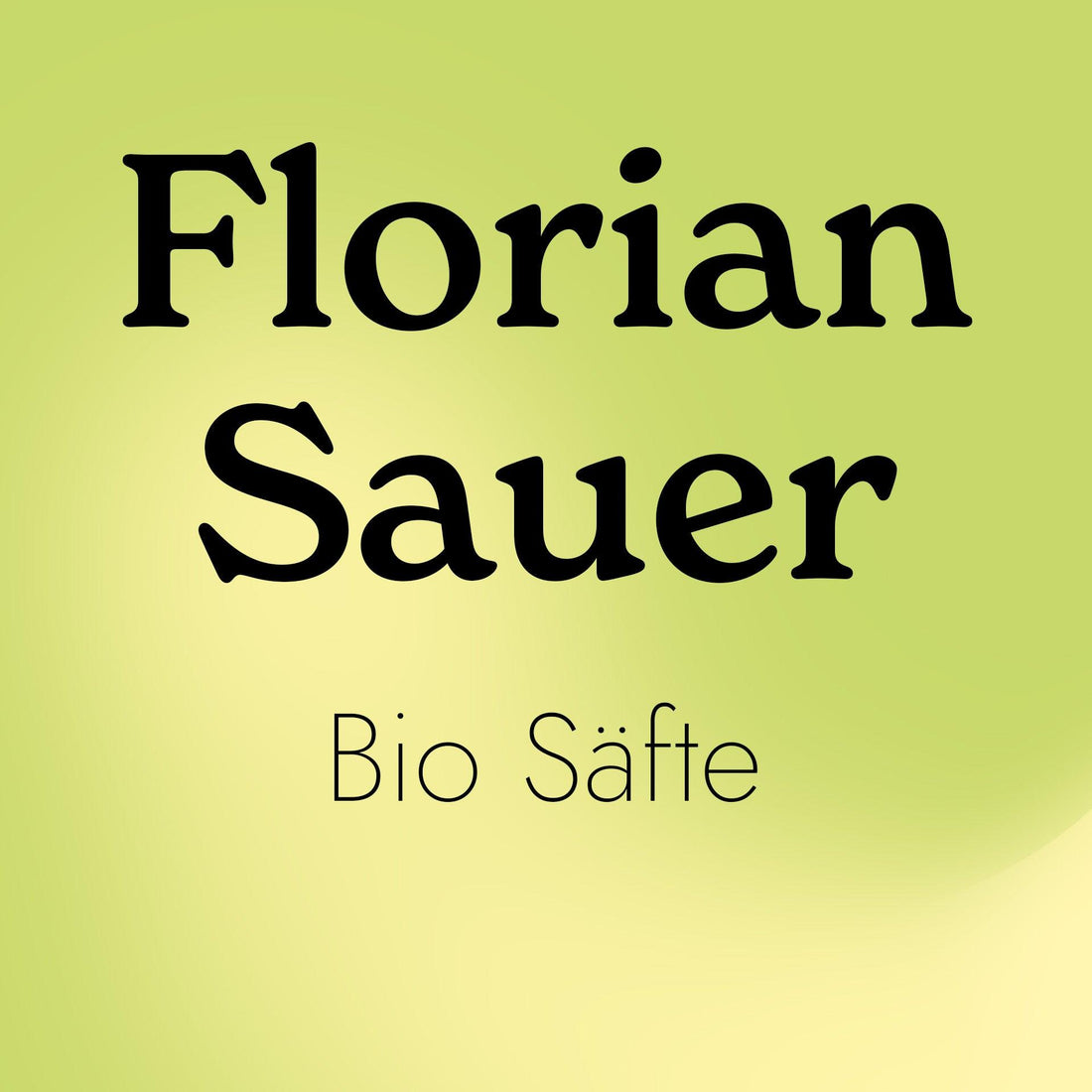What is Mindfulness?
We often live through the day without really noticing the here and now. Be it at work or in your free time – life passes you by on “autopilot”. This autopilot is often accompanied by stress, fears, insecurities or spiraling thoughts that relate to experiences in the past or to the uncertain future. But we don't really find ourselves in this “one moment” here and now very often.
Mindfulness counteracts exactly that. Mindfulness exercises are intended to reduce everyday stress and help the practitioner become more aware of the world around them. But what exactly is mindfulness?
The American molecular biologist and founder of the MBSR program (Mindfulness-Based Stress Reduction) defines the term as follows:
“ Mindfulness is the awareness that arises when we intentionally focus our attention on the present moment – without judgment.”
Mindfulness is a state in which the body and mind are right here and now, fully present , without the thoughts wandering around anywhere. The goal is to detach your thoughts and develop a calmness, which is helpful in many everyday situations.
What does mindfulness do for me?
Scientists have been studying mindfulness exercises and their effects on the human psyche for many years. Certain exercises are now also used in psychotherapy and support the treatment of patients with depression and other personality disorders.
The proven positive effects also include an increased ability to concentrate, better handling of stressful situations and more sensitivity and empathy towards other people. Mindfulness exercises also make your basic attitude more positive. So you worry less and are more patient and relaxed. All in all, living a mindful life ensures a better quality of life and stable mental health.
How do I live more mindfully?
The great thing about mindfulness exercises is that you can easily integrate them into your everyday life without having to take extra time for them. Many exercises can be carried out during everyday situations. We have collected some examples.
Mindful breathing
Breathing is probably the most important aspect of mindfulness. Through conscious breathing, stress, worries and fears can be reduced in a short time.
You should sit or stand with your back upright and let your shoulders relax. The focus should be entirely on breathing. This can be easier if you close your eyes. Then breathe deeply and consciously through your nose into your stomach. The focus is on the air flow, which slowly expands the abdominal wall. When you breathe out, pay attention to how the air leaves the body and the abdominal wall lowers again. Repeat this mindful breathing for about ten breaths per exercise. The exercise can be carried out 2-3 times throughout the day.
Mindful walking
Of course, walking is mainly used to get from A to B. But mindfulness exercises can also be done while walking. You give your full attention to the activity of walking. You focus on the feeling of your feet touching the ground, how the heel, the ball of the foot and then the toes roll off the ground with each step. The nature of the soil also plays a role. Is it hard, soft, wet or dry? All of these characteristics come into focus when walking mindfully. This exercise can be done wonderfully on the way to work, the supermarket, or simply while walking.
Mindful waiting
Everyone knows it: in line at the bakery, at the red pedestrian traffic light or in the telephone queue from the internet provider. Situations like this can get your blood pumping because we always “have to be somewhere.” However, this inner restlessness while waiting can also be transformed into a mindfulness exercise. So you pay close attention to the feeling that arises within you. Is it nervousness, boredom or even fear? If you feel exactly into the feeling and pay attention to what it does to your body (increased heart rate, sweaty hands, etc.), you can get rid of the feeling more easily with breathing exercises (see above). Affected body parts can also be consciously relaxed. If you carry out this exercise in every waiting situation, you will learn to become more patient. And who knows? Maybe you'll be looking forward to the next red light.
But these are just a few examples. You also develop many mindfulness exercises yourself and integrate them into your everyday life. You can find further information and exercises here:


